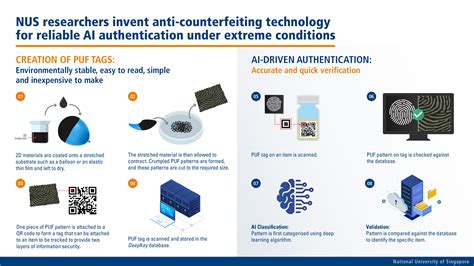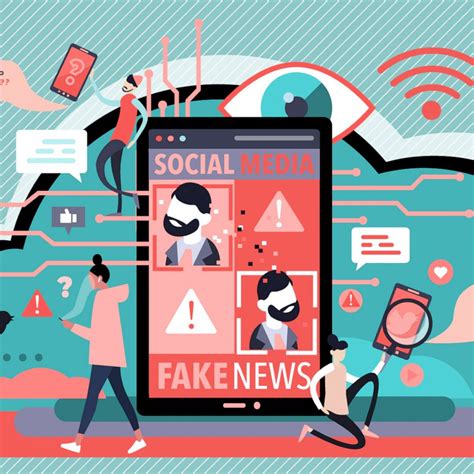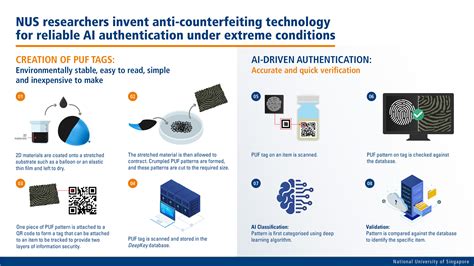How Can Retailers Collaborate to Prevent Counterfeiting?
1. What Are the Primary Strategies Retailers Can Use to Fight Counterfeiting?
Counterfeiting impacts industries worldwide, with major losses in revenue and brand trust. Retailers can employ multiple strategies to counteract counterfeit goods. These methods range from advanced technology solutions to policy adjustments, supply chain control, and consumer awareness programs. Below are some of the most effective strategies retailers can adopt:

- Implement Anti-Counterfeiting Technologies: By using technologies like QR codes, RFID tags, and blockchain, retailers can track goods from production to sale, verifying authenticity at each step.
- Partnering with Enforcement Agencies: Collaboration with legal authorities allows retailers to streamline counterfeiting identification, ensuring legal measures are taken against infringers.
- Supply Chain Transparency: Mapping the entire supply chain to identify vulnerabilities helps prevent counterfeit goods from entering the process.
- Educate Consumers: Informed consumers can recognize legitimate products and avoid counterfeit purchases, thereby supporting legitimate retailers.
- Invest in Brand Protection Tools: Software that monitors online platforms for potential counterfeit listings is invaluable for brand protection.
2. How Do Technology Solutions Like Blockchain and RFID Help in Preventing Counterfeiting?
Advanced technologies are crucial in creating an environment resistant to counterfeiting. Blockchain and RFID technologies, for example, play significant roles in this area:
- Blockchain Technology: Blockchain enables a decentralized ledger, recording each transaction and product transfer within a secure and transparent framework, reducing tampering risks.
- RFID Tracking: Radio-frequency identification (RFID) uses tags placed on products to track them from production to the point of sale, verifying authenticity.
| Technology | Purpose |
|---|---|
| Blockchain | Records every product transaction in a secure ledger |
| RFID | Tracks physical product location through tags |
3. How Can Retailers Collaborate with Law Enforcement to Curb Counterfeit Products?
Retailers benefit significantly from collaborating with law enforcement agencies to combat counterfeiting. Such collaboration can streamline the identification and removal of counterfeit products:

- Joint Task Forces: Establishing task forces between retailers and law enforcement agencies can lead to more efficient and targeted actions against counterfeiters.
- Reporting Mechanisms: Creating systems for reporting counterfeiting activities directly to authorities can expedite legal actions and product seizures.
- Shared Databases: Using shared databases between law enforcement and retailers allows for tracking and identifying counterfeit patterns more effectively.
4. What Role Does Consumer Education Play in Reducing Counterfeiting?
Educating consumers is a crucial part of the fight against counterfeiting. When consumers understand how to distinguish genuine products, they are less likely to fall victim to counterfeit purchases:
- Identify Authentic Brands: Educating consumers on unique brand markers, logos, and packaging helps them spot genuine products.
- Avoid Low-Quality Sources: Teaching consumers to avoid unverified sellers and suspiciously low prices reduces the likelihood of counterfeit purchases.
5. How Can E-Commerce Platforms Partner with Retailers to Eliminate Counterfeit Listings?
As counterfeiting grows in online markets, e-commerce platforms are essential partners for retailers. By developing measures to detect and prevent counterfeit listings, they contribute significantly to the fight against counterfeiting:
- Automated Scanning: Platforms can utilize algorithms to detect keywords and images related to counterfeit products.
- Verified Seller Programs: E-commerce sites can introduce verified seller programs to ensure only legitimate brands list products.
6. How Can Social Media Play a Role in Counterfeit Prevention for Retailers?
Social media platforms are frequently exploited for counterfeit sales. However, these platforms can collaborate with retailers to promote authenticity and prevent counterfeit distribution:

- Content Filtering: Social media companies can use AI to monitor posts and ads for counterfeit-related keywords or phrases.
- Influencer Partnerships: Partnering with influencers who emphasize authenticity and brand values helps raise awareness among followers.
7. What Types of Anti-Counterfeiting Policies Should Retailers Implement?
Implementing anti-counterfeiting policies within retail organizations ensures a consistent approach to preventing counterfeits:
- Return and Refund Policies: Clear return policies that address counterfeit goods discourage such items from entering the store.
- Employee Training: Training employees on recognizing counterfeits aids in early detection and prevents resale.
8. How Can Retailers Use Data Analysis to Identify Counterfeit Trends?
Data analysis provides insights into counterfeit trends, helping retailers proactively address these issues:

- Consumer Purchase Behavior: Monitoring purchase patterns may reveal trends that correlate with counterfeit sales.
- Market Price Monitoring: Analyzing sudden price drops on products can indicate counterfeit activity.
9. How Do Legal Measures Protect Retailers Against Counterfeiting?
Legal frameworks are essential to support retailers in countering counterfeiting. These measures provide legal recourse against counterfeiters and protect brand integrity:
- Trademark Laws: Enforcing trademark protection helps safeguard brand reputation and intellectual property.
- Customs Regulations: Working with customs to seize counterfeit products at borders reduces the risk of fake goods entering the market.
10. How Can Brand Loyalty Programs Support Anti-Counterfeiting Efforts?
Brand loyalty programs can help retailers fight counterfeiting by fostering a dedicated customer base and incentivizing repeat purchases:
- Exclusive Perks: Offering special rewards for purchases from verified stores encourages customers to avoid counterfeit sources.
- Education on Genuine Products: Loyalty program communications can educate consumers on identifying authentic products.
Summary Table
| Strategy | Purpose |
|---|---|
| Anti-Counterfeiting Technologies | Prevent unauthorized sales with QR codes, RFID tags, and blockchain |
| Collaboration with Law Enforcement | Support for legal action and identification of counterfeiters |
| Consumer Education | Increase awareness on identifying authentic goods |
FAQ
How can blockchain prevent counterfeiting?
Blockchain records product transactions in an immutable ledger, securing each step from production to sale.
What role do e-commerce platforms play in anti-counterfeiting?
E-commerce platforms help prevent counterfeit listings with verification and detection algorithms.
How can consumers avoid counterfeit products?
Consumers should buy from verified sources and educate themselves on product authenticity markers.
What are the main anti-counterfeiting technologies?
Key technologies include blockchain, RFID, and QR codes to verify product authenticity.
How do loyalty programs support anti-counterfeiting?
Loyalty programs incentivize purchases from verified sellers and discourage counterfeit shopping.


